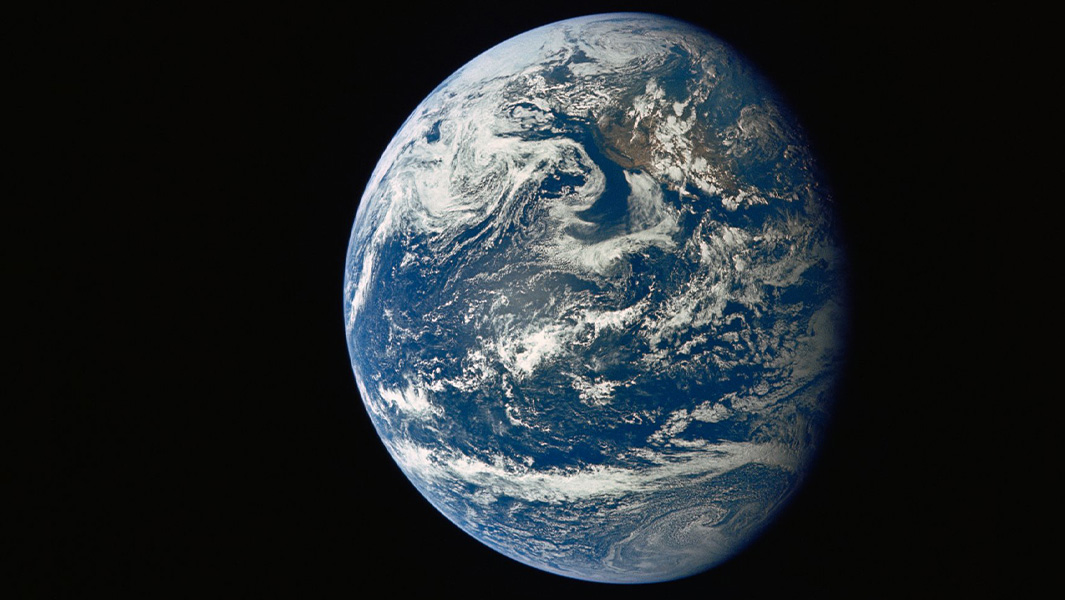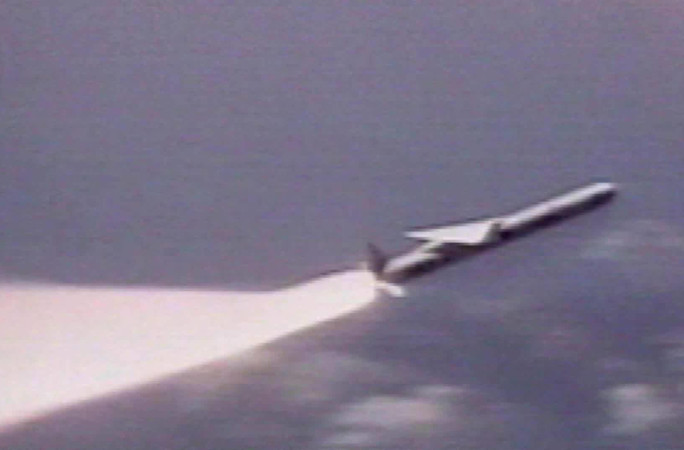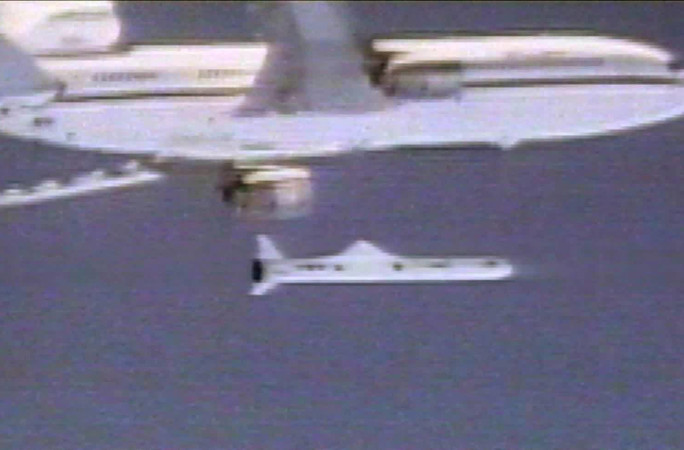The big sleep in the stars: space burials reveal insight into changing funeral practices

Back on 21 April 1997, a slim Pegasus rocket took off from Spanish soil – not containing astronauts or powdered food packets – but rather, the remains of 24 space-travel pioneers, who were spending their eternal rest amongst the stars.
The 24 lipstick-sized capsules carried the ashes of Star Trek creator Gene Roddenberry, psychologist Timothy Leary, physicist and author Gerard O'Neill, and others, as the Pegasus rocket took off from the Canary Islands and propelled the Celestis spacecraft into orbit.

And over five years later, on 20 May 2002, the spacecraft reentered Earth's atmosphere after completing approximately 28,132 orbits around the world with its precious cargo.
As it sparked and caught fire, Celestis’s reentry marked a dramatic completion of the largest space funeral, and became the first of many post-cremation memorial spaceflights.

“Today we truly inaugurated the Earthview service,” said Celestis co-founder Charles Chafer in a press release from 1997. “24 pioneers left the Earth from Spanish soil for the new frontier of space. How appropriate that these modern explorers began their journey from the departure point of the explorers of the new world over five hundred years ago…”
“We honour all the families who participated in The Founders Flight,” he continued. “Their perseverance has been rewarded – beginning today, a fitting memorial to their loved ones will orbit overhead every ninety minutes, and we'll always remember them.”
For thousands of years, humans have taken care of their dead in similar ways – from burials to cremations, mummifications, or exposure to the elements.
But in our modern era, scientists, entrepreneurs, and businesspeople are thinking of new and creative ways to memorialize loved ones who have passed on. This can range from green or biodegradable burials; turning ashes into memorial jewellery and artwork; donating a body to the sea or to science; and even burials in space.
Nowadays, a handful of companies offer to take you to space, with a variety of results – you can orbit the Earth, or attempt to smash into the surface of the moon, float eternally amongst the night, or come back down in a flaming shooting star.
Starting at $3,495 (£2,643.97), Celestis will take your ashes to space and back again – and considering that an average funeral in the USA costs around $8,300 (£6,278.37) as of 2023, this can be a surprisingly affordable option for the experience.
“I’m interested in looking into the unknown, going into the unknown,” said Maribel Gray, a graphic designer who told the New York Times in 2023 that she was under contract to send her ashes to space after her death. “This is another adventure.”
More and more people are taking advantage of this opportunity, as well, as they intend to spend their final days on Earth and final resting place in the stars.
As of 2025, Celestis says they’ve launched more than a dozen spaceflights, carrying remains on behalf of over 1,000 families. Other space burial companies estimate they’ve completed hundreds more scatterings.
And while we wonder “where do we go when we die?”, it turns out that question can also require a physical answer – as we explore new methods of funeral practices, and venture further and further into space.
Header image: NASA


